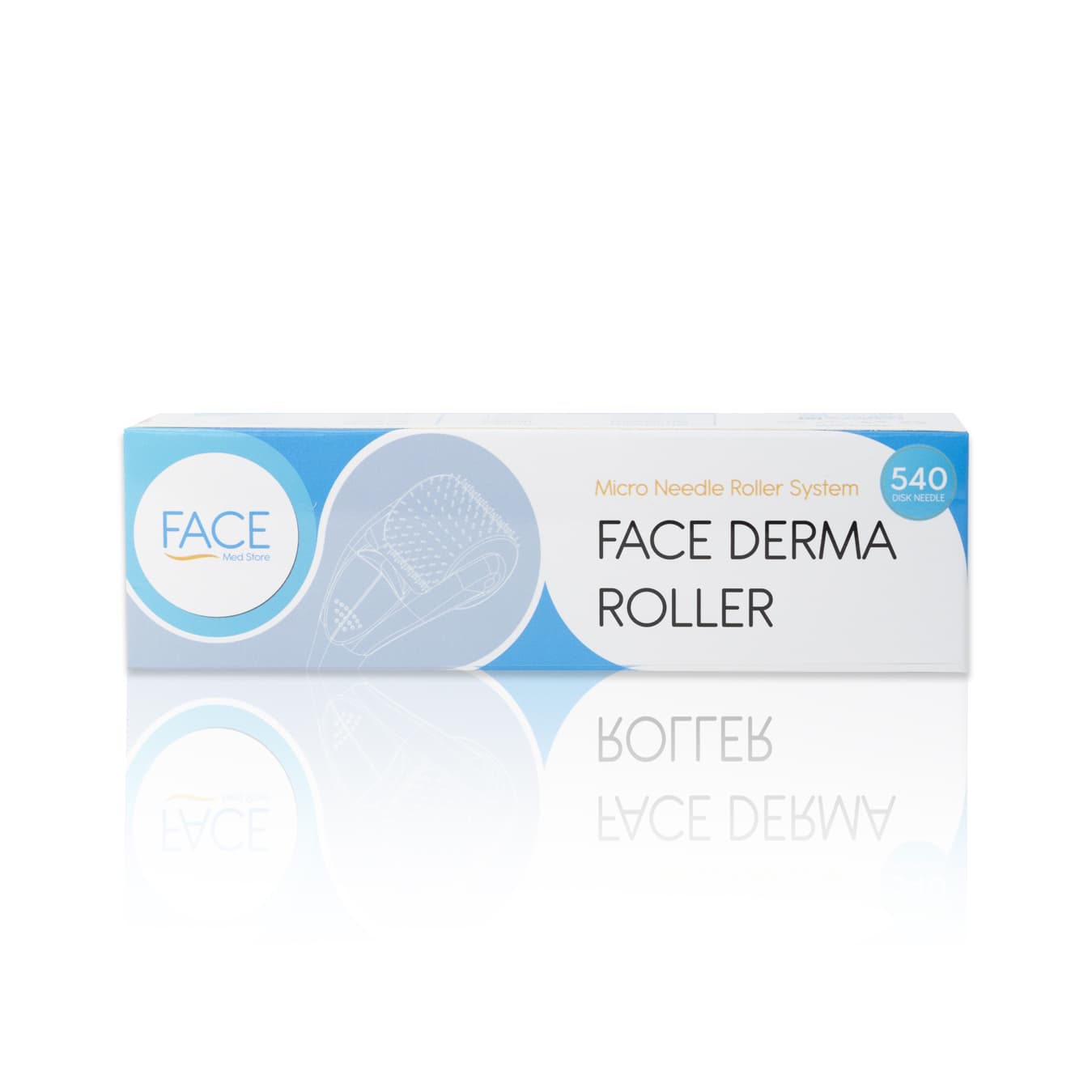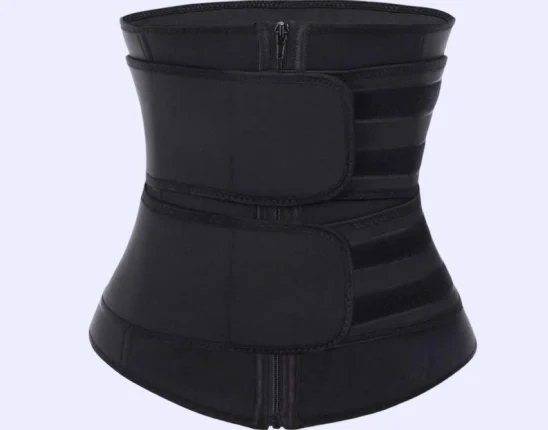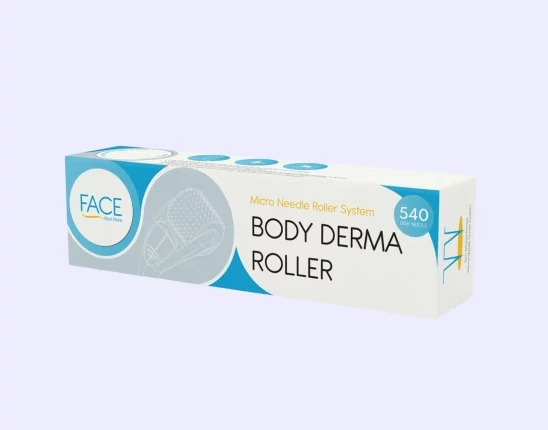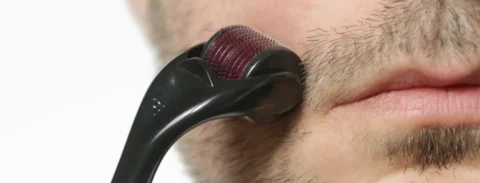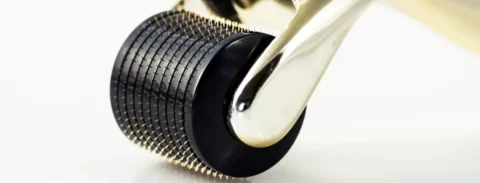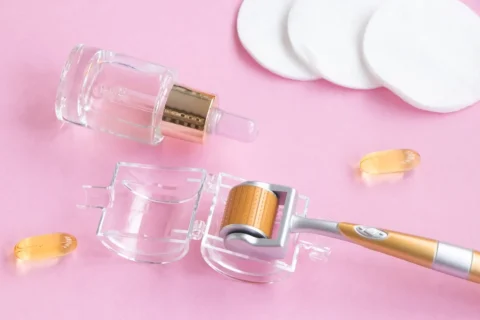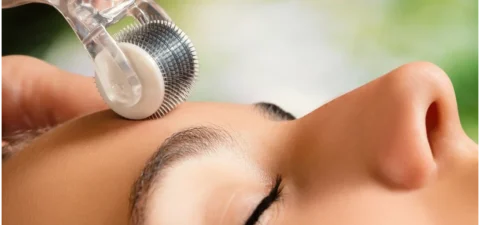At-home skin treatments have increasingly gained both popularity and innovation over the past couple of years. Treatments that were previously limited to in-clinic appointments have become possible to do at home, which helps patients treat skin conditions consistently by themselves. In particular, tools like derma rollers to treat common skin conditions like stretch marks.
But would using a derma roller remove stretch marks? Combined with the right serums and a consistent routine, there can be definite improvement. However, it’s crucial to remember that there are several factors that affect stretch mark formation, and derma rollers alone may not be enough.
How A Derma Roller Can Treat A Scar In The Skin
A derma roller is a handheld tool designed to prick the skin with tiny needles, which leave microscopic wounds and abrasions in the skin. The skin then mends itself by sending elastin and collagen to the site, restoring the surface and volume of the skin via the healing process. Because of the additional amount of collagen produced, the process is also called collagen induction therapy.
As far as stretch marks are concerned, derma rollers and microneedling methods in general will show a visible improvement, but there are two significant factors that affect how well this treatment works:
Use of cosmetic compounds like hyaluronic acid
One significant drawback of using a derma roller is that the design of the device isn’t as sharp as the one used in professional settings. In fact, most experts recommend using a derma roller primarily as a method to ensure that serums like hyaluronic acid (HA) can penetrate the skin more efficiently.
That’s not to say that using derma rollers by themselves won’t show any improvement, but using serums on the skin can really boost the results. The needles are still sharp enough to penetrate the upper dermis of the skin, so it creates convenient channels for serums and creams to go inside and spread evenly around the application area.
Cosmetic compounds like HA are crucial to helping the skin to stand up to the trauma of derma rolling. While the process isn’t deeply invasive, irritation, redness, and soreness can be more intense in patients who have sensitive skin. For this reason, dermatologists would advise that patients apply over the counter topical medications that contain lidocaine to manage any potential pain.
Frequency of derma roller use
Typically, a patient would have to use a derma roller three to four times a week to see visible results, especially in the abdominal region or the thighs. While the process of derma rolling does encourage rapid growth of collagen and elastin, it’s consistency that ultimately creates long-lasting results.
Repeated punctures to the upper dermis will effectively condition the skin to produce more and more collagen on its own, which is useful for older patients who are experiencing a collagen deficit. This is particularly useful in treating stretch marks of women who’ve recently finished pregnancy or patients who have experienced weight gain. The rapid growth of collagen counteracts the stretch marks experienced during weight gain, especially in the arms and legs.
Dermatologists should keep a close eye on patients using derma rollers, since there is the tendency for unskilled or first-time users to apply the tool too hard or too often on the skin under the assumption that it’ll give them better results. This is not the case, since it’s the consistent reapplication of the needles that ultimately help with collagen production, not their intensity. Overuse of a derma roller can lead to serious skin conditions caused by the microabrasions in the skin like infection.
While these factors don’t really take away from the efficacy of using a derma roller at home, patients should be advised that they can get the best results with a professional microneedling session with a dermatologist or a cosmetic practice. Cosmetic treatments rated for home use are specifically lower in concentration for safety reasons, and this dip can sometimes spell the difference with the kind of results the patient is looking for.
Two Considerations With Using Derma Rollers And Cosmetic Products
Even as derma rolling and microneedling show some improvement with treating stretch marks, there are two considerations that patients and dermatologists alike should remember when using this method:
It doesn’t address what’s causing the stretch marks
Microneedling and applying hyaluronic acid are skin rejuvenation treatments, not cures for addressing what causes stretch marks to begin with. Factors like genetics, lifestyle, major changes to the body like pregnancy and weight gain are all independent of a patient’s decision to start using a derma roller.
In addition, some areas like the arms and the legs may experience more tearing with the punctures made. A common problem with using a derma roller on these areas is that they don’t really treat the wrinkles well, since the constant movement of the arms and legs may interfere with collagen production.
The effects between different derma rollers isn’t well understood
With the variety of derma rollers on the market right now, there will be significant differences between brands and users with their results. It’s crucial for dermatologists to check in with their patients with the kind of derma roller they use to evaluate how well it works on their stretch marks.
While these products are rated for home and semi-professional use, derma rollers are not comparable to the medical-grade tools and products that can be found in-clinic. These two considerations are some of the most significant factors that can affect how well these treatments work, and patients should be briefed accordingly.
A Brief Explanation Of Stretch Marks
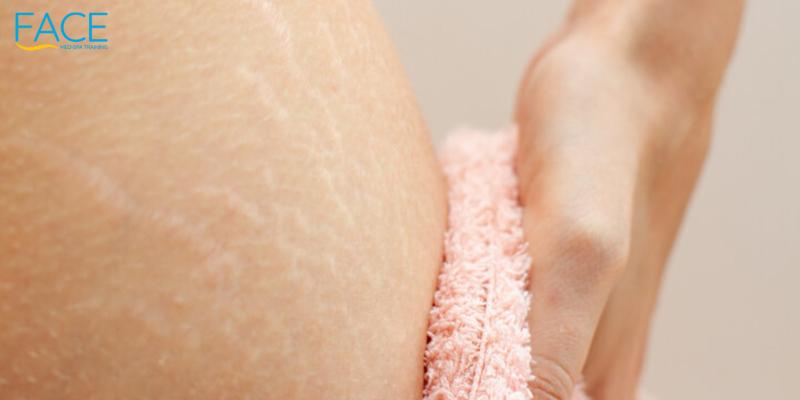
Stretch marks are caused by a breakdown of elastin and collagen in the upper dermis of the skin, which results in wrinkle-like layers. This results in a tear or scar in the skin. Effectively, the connective tissues experience tearing over time or because of active injury, which causes the cell to break down and visible marks to form on the limbs, especially the thighs and arms. While they’re usually brought about by aging and other skin conditions, they can also be caused by:
- Pregnancy
- Hormonal changes
- Puberty
- Weight gain
- Bodybuilding
- Active injury or skin trauma
- Lifestyle choices like fashion or diet
Men and women alike can experience stretch marks, though the condition is more apparent with women. Common areas for stretch marks include the arms, legs, thighs, hips, abdominal area, though they can typically show up anywhere where the skin and muscle experiences tearing.
It’s crucial for dermatologists to establish expectations about treating stretch marks permanently. Even with generous amounts of elastin and collagen induction therapy, there is no permanent way to repair stretch marks once they occur. While the skin is the largest organ in the body and it is capable of self-repair, the breakdown associated with stretch marks is unavoidable and will only compound as the patient gets older.
At best, what patients and dermatologists can hope for is a visible improvement of stretch marks over time, especially if used with derma rollers or in-clinic microneedling sessions. There are also several lifestyle changes such as diet and exercise that can help treat stretch marks, and more surgical treatments like Botox injections, laser treatment, or dermal fillers. Surgery may be considered for extreme cases.
The Benefits Of Using PEP Factor Creams To Treat Stretch Marks And Acne Scars
One product that dermatologists and patients can consider when treating stretch marks is PEP factor. This compound uses a mixture of peptides and proteins to promote healthier skin, and may encourage its natural self-repair and regrowth over time.
While a relatively new innovation in the field of cosmetic skin care, PEP factor products have shown some promising results. With consistent and proper use, they may be able to boost or complement the skin rejuvenation properties of derma rollers, and can potentially improve the results overall when combined with the right serums.
For the best results, dermatologists should only recommend medical-grade PEP factor products to their patients. They’re low-cost and low-commitment, and may ultimately help restore a patient’s self-confidence.
Buy Affordable Medical Supplies And Products At FACE Medical Supply
Dermal rollers can remove stretch marks, but patients will have different results depending on the product they use, the routine they keep, and their own skin type. While dermatologists would recommend derma rolling as a management tool, their efficacy in removing stretch marks completely is still unknown, and expectations should be set accordingly.
With FACE Medical Supply, cosmetic practices and dermatologists have access to high-quality and affordable medical supplies, allowing them to expand their services without worrying about cost. We pride ourselves on offering reliable supply chains on demand, working with our clients as a partner in growing their business.
For more information about our stocks and what we offer, check our website today.
Read more: Microneedling Pen vs Derma Roller: Which Is Better?
